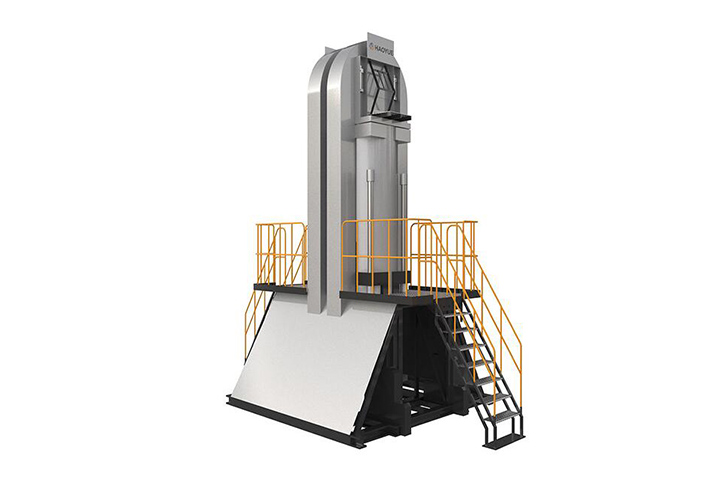Feb. 12, 25
The key difference between hot isostatic pressing (HIP) and cold isostatic pressing (CIP) is the temperature at which the process occurs: HIP is performed at elevated temperatures, allowing for full consolidation of materials and improved properties, while CIP happens at ambient temperature, primarily used for compacting powder into a "green" part before further processing; both methods apply uniform pressure from all directions using a fluid medium to achieve near-net shape components.

Isostatic pressing is a manufacturing process used to enhance material properties by applying uniform pressure in all directions. This method reduces porosity, increases density, and improves mechanical strength.
Hot Isostatic Pressing (HIP): Operates at 900°C to 1300°C under high pressure (up to 2000 bar) using inert gas.
Cold Isostatic Pressing (CIP): Conducted at room temperature with pressures between 1000 to 4000 bar, using a liquid medium.
HIP: Eliminates internal porosity, increasing material density.
CIP: Compacts powder materials but requires further sintering.
| Industry | Hot Isostatic Pressing (HIP) | Cold Isostatic Pressing (CIP) |
|---|---|---|
| Aerospace | Jet engine components, turbine blades | Composite materials, ceramic preforms |
| Automotive | High-performance engine parts | Brake pads, lightweight material shaping |
| Medical | Titanium implants, dental prosthetics | Bioceramic components |
HIP requires larger, high-temperature equipment with longer processing times, while CIP is more cost-effective with shorter cycles.
According to Markets and Markets, the global HIP market is projected to grow at a CAGR of 6.8% due to increasing demand in aerospace and medical industries.
Superior material density and strength
Final-stage quality enhancement
Elimination of internal voids
Cost-effective shaping of powder materials
Pre-forming complex geometries
Mass production of ceramics and metals
At Haoyue, we provide state-of-the-art HIP and CIP solutions with customized processing, high precision, and strict quality control.
Contact us today to optimize your manufacturing with advanced isostatic pressing technology.